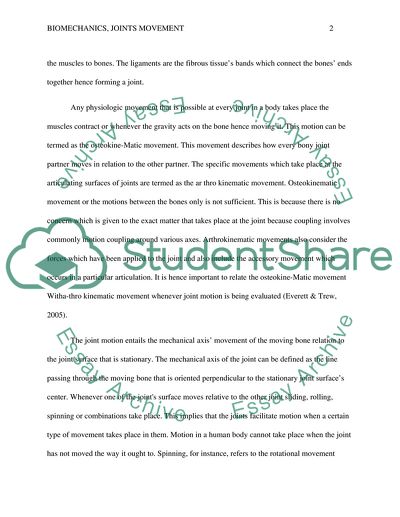Cite this document
(“Biomechanics: Joints Movement Research Paper Example | Topics and Well Written Essays - 2250 words”, n.d.)
Biomechanics: Joints Movement Research Paper Example | Topics and Well Written Essays - 2250 words. Retrieved from https://studentshare.org/health-sciences-medicine/1701227-biomechanics-joints-movement
Biomechanics: Joints Movement Research Paper Example | Topics and Well Written Essays - 2250 words. Retrieved from https://studentshare.org/health-sciences-medicine/1701227-biomechanics-joints-movement
(Biomechanics: Joints Movement Research Paper Example | Topics and Well Written Essays - 2250 Words)
Biomechanics: Joints Movement Research Paper Example | Topics and Well Written Essays - 2250 Words. https://studentshare.org/health-sciences-medicine/1701227-biomechanics-joints-movement.
Biomechanics: Joints Movement Research Paper Example | Topics and Well Written Essays - 2250 Words. https://studentshare.org/health-sciences-medicine/1701227-biomechanics-joints-movement.
“Biomechanics: Joints Movement Research Paper Example | Topics and Well Written Essays - 2250 Words”, n.d. https://studentshare.org/health-sciences-medicine/1701227-biomechanics-joints-movement.


